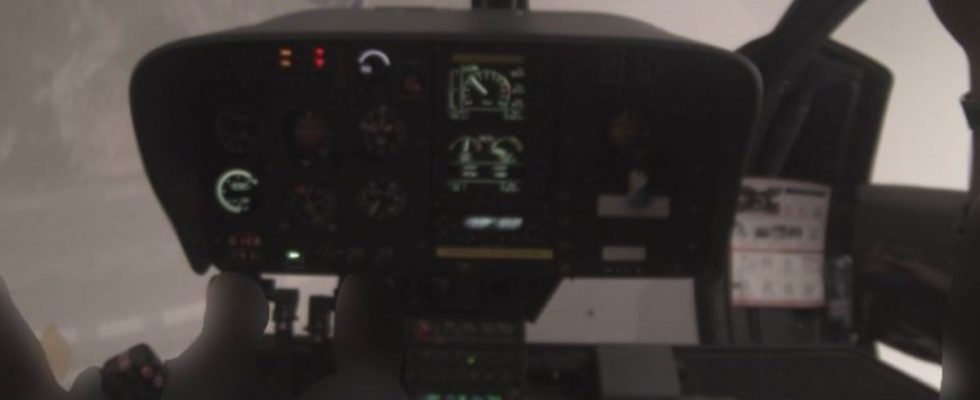For the BEA, the Bureau of Investigation and Analysis for Civil Aviation Safety, the investigation is now “closed”. One year later. And it is confirmed: the helicopter crash that occurred on November 25, 2022 near Nice and which cost the life of Vyacheslav Taran, a 53-year-old Russian expert in cryptocurrencies, and his pilot, is not the fact of any external intervention. Everything happened on board this Airbus EC130 T2.
The organization confirms that the employee of the Monacair company, aged 34, had taken the controls of the device “while he was under the influence of cocaine”, as was revealed at the beginning of October, but also “that he bore traces of recent consumption of CBD, THC [des substances actives du cannabis] and alcohol. This altered state and the “loss of visual references” due to “entry into a cloud layer” led to a “loss of control” and a “collision with the terrain”, concludes the BEA in its final report published this Friday.
“Regular cocaine use”
The pilot, who had picked up the passenger in Lausanne, Switzerland, to transport him to Monaco, had therefore consumed cocaine “a few hours before the accident and possibly the same morning”, as revealed by the toxicological analyses, reports the BEA. Examinations carried out on his hair established the presence of a “metabolite” of this drug at levels which “signify regular intake”. Traces of active cannabis substances and alcohol were also found.
The company Monacair, which had screening tests (ultimately negative) carried out on the pilot, when he was hired in 2021, as provided for by the regulations, had encouraged from the first revelations additional measures to detect “hidden consumers of cocaine.” They “represent a risk to flight safety”, she admitted in a press release.
The “pilot’s reasoning faculty” possibly “impaired”
In any case, the BEA believes it is “possible that the pilot’s reasoning ability was impaired by drug consumption”. The latter “faced with a local phenomenon of sea mist” upon his arrival on the Riviera coast “continued to the cape” while “it would have been possible to avoid the clouds present around the accident site by easily circumventing through Nice to the west or by turning to the east,” notes the organization.
Lost, without visibility, the thirty-year-old would have made the helicopter take “a nose-up attitude and gained height” after having “furtively regained sight of the ground”. A series of “unusual attitudes” followed: the aircraft “went on its back, did a 180° around its yaw axis before taking a 60° nose-down attitude”. It finally “collided with the ground with a nose-up attitude, parallel to the slope of the mountain”, in the town of Villefranche-sur-Mer at 12:31 p.m. and 11 seconds. The pilot and his passenger were killed.
“Lack of training”
In its conclusions, the BEA notes that “a lack of training on the risk of inadvertent entry into a cloud layer and the associated exit procedure, as well as practical training for flight without insufficient visibility” could have been “ contributing factors” to the accident.
The organization, which joins the Monacair company, also calls on the authorities to “open a consultation on the detection of the misuse or use of psychotropic drugs by pilots throughout their career”. It encourages carrying out “tests during renewal medical visits” but also in a “random” manner and even “in the absence of suspicion”. The terms of the BEA report “are in no way intended to determine fault or responsibilities”, supports the organization, but should help the justice system to complete its investigations. Immediately after the crash, the Nice prosecutor’s office opened an investigation.

